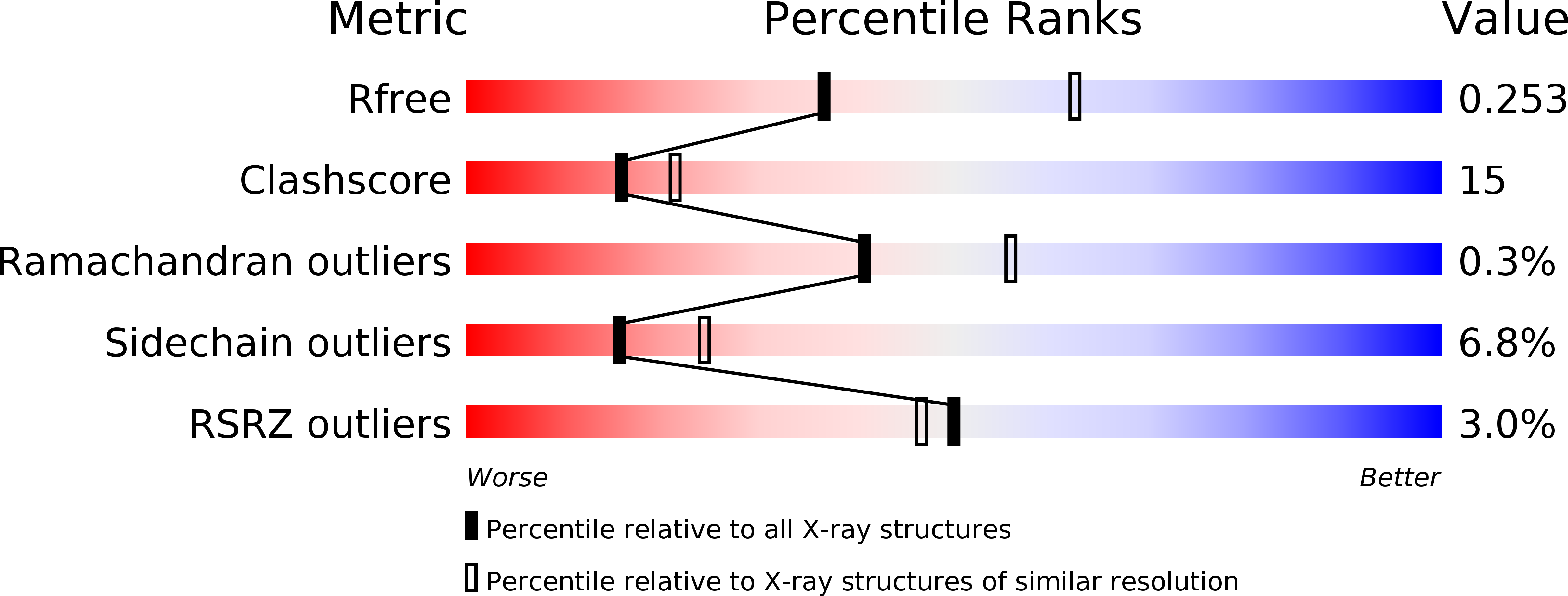
Deposition Date
2010-11-29
Release Date
2011-02-23
Last Version Date
2023-09-06
Entry Detail
PDB ID:
3PR4
Keywords:
Title:
Dpo4 Y12A mutant incorporating dADP opposite template dT
Biological Source:
Source Organism:
Sulfolobus solfataricus (Taxon ID: 2287)
Host Organism:
Method Details:
Experimental Method:
Resolution:
2.65 Å
R-Value Free:
0.25
R-Value Work:
0.19
R-Value Observed:
0.20
Space Group:
P 21 21 2


